IAS vs Army Officer: Who Has More Power?

In India, the Indian Administrative Service (IAS) and the Indian Army Officer represent two of the most prestigious and influential career paths. Both roles are vital to the nation’s functioning: IAS officers drive the administrative machinery, while Army officers safeguard national security. A common question among aspirants and observers is: who holds more power?
The answer is complex, as power manifests differently across administrative, operational, and influential domains. This article provides a comprehensive comparison of the power dynamics between IAS and Army officers, exploring their roles, responsibilities, hierarchies, and societal impact.
Understanding Power in Different Contexts
Power can be categorized into three main types:
- Administrative Power: The authority to manage government functions, formulate policies, and allocate resources.
- Operational Power: Direct command over personnel and resources in specific tasks or missions.
- Influential Power: The ability to shape decisions, policies, and public opinion.
IAS officers primarily wield administrative and influential power within the civilian governance framework, while Army officers hold operational and influential power within the military domain. Comparing these roles requires examining their authority in these distinct spheres.
Administrative Power
IAS officers are the backbone of India’s administrative system, operating at district, state, and central levels. Their responsibilities include:
- Policy Implementation: Executing government schemes, such as Swachh Bharat or health insurance programs.
- Governance: Managing law and order (in coordination with IPS), revenue collection, and public welfare.
- Emergency Powers: During crises, IAS officers can assume significant authority, such as coordinating disaster relief or enforcing laws. For instance, Indian laws grant IAS officers the ability to take law into their own hands during emergencies, and they hold full autocracy during elections to ensure fairness.
For example, a District Collector oversees a district’s administration, coordinating with multiple departments, while a Secretary to the Government of India influences national policy across ministries.
In contrast, Army officers’ administrative power is confined to the military. They manage:
- Military Logistics: Overseeing bases, equipment, and personnel welfare.
- Internal Administration: Ensuring discipline and operational readiness within their units.
While Army officers manage large numbers of personnel, their administrative scope is limited to military affairs, giving IAS officers a broader reach in civilian governance.
Also Read: IAS vs Army Officer: Who Earns More Money?
Operational Power
Army officers hold significant operational power, particularly in military contexts. Their roles include:
- Commanding Troops: Leading soldiers in combat, training, or peacekeeping missions.
- Strategic Operations: Planning and executing military strategies, such as during border conflicts or counter-terrorism operations.
- Humanitarian Missions: Assisting in disaster relief, as seen in the Indian Army’s efforts during the 2015 Nepal earthquake.
A high-ranking officer, such as a Major General or General, commands entire divisions or commands, controlling thousands of soldiers and vast resources.
IAS officers, while critical in coordinating civilian responses during emergencies, do not have direct operational control over armed forces or law enforcement. Their operational role is more about oversight and coordination, such as managing relief efforts during floods or riots. Thus, Army officers dominate in operational power within their domain.
Influence and Authority
Both IAS and Army officers wield considerable influence, but in different arenas:
- IAS Officers: They have direct access to ministers and policymakers, shaping government policies and initiatives. Sources describe IAS officers as the “eyes and ears” of ministers, running ministries and influencing key programs like electric vehicle policies or mass health insurance. During national security decisions, such as whether to engage in military action, IAS officers and the Prime Minister play a pivotal role, with their decisions forwarded to Army Generals for execution.
- Army Officers: They influence defense strategies, military diplomacy, and national security policies. Senior officers, such as Generals, advise on matters of war and peace, impacting international relations through military engagements.
The broader societal impact of IAS officers stems from their role in governance, while Army officers’ influence is more focused on security and defense.
Rank and Hierarchy
The 7th Central Pay Commission (CPC) provides a framework for comparing ranks between IAS and Army officers, though equivalence does not always reflect equal power:
| Level | Army Officer | IAS Officer | IPS Officer (for reference) |
|---|---|---|---|
| Level 10 | Lieutenant | Assistant Collector | Assistant Superintendent of Police (ASP) |
| Level 11 | Major | Collector | Superintendent of Police (SP) |
| Level 14 | Major General | Secretary (State) | Inspector General (IG) |
| Level 18 | General | Cabinet Secretary | N/A |
Key Observations:
- A Lieutenant (Army) is equivalent to an Assistant Collector (IAS) at entry level.
- A Major General (Army) aligns with a state Secretary (IAS).
- The General (Army) is equivalent to the Cabinet Secretary (IAS), the highest civil servant.
However, the Cabinet Secretary ranks higher in the order of precedence, indicating broader governance authority. Additionally, IAS officers often reach higher pay scales faster due to less rigid promotion timelines compared to the military’s seniority-based system.
A notable controversy arose in 2016 when a Ministry of Defence (MoD) letter downgraded the rank status of defense officers compared to civil servants, sparking resistance from the military. This highlights ongoing tensions in perceived power and status.
Perceived Status and Respect
Both roles command immense respect, but for different reasons:
- IAS Officers: They are admired for their role in public welfare and governance. However, they sometimes face criticism for bureaucratic inefficiencies or perceived corruption, as noted in some sources.
- Army Officers: They are revered for their courage and sacrifice, often placed on a pedestal for their role in national defense. Public admiration is particularly strong due to their visible heroism in conflicts or disaster relief.
While Army officers may enjoy greater public adulation, IAS officers’ contributions to long-term development are equally valued, though less visible.
Also Read: Army Officer vs IAS Officer: Which is Best For You?
Challenges and Responsibilities
Each role comes with unique challenges:
IAS Officers:
- Political Pressure: Navigating interference from politicians, which can lead to ethical dilemmas or corruption, as some sources suggest.
- Public Scrutiny: Facing criticism for administrative failures or delays.
- Multitasking: Managing diverse responsibilities, from disaster management to policy implementation.
Army Officers:
- Physical and Mental Demands: Enduring rigorous training, combat risks, and long deployments.
- Family Sacrifices: Frequent relocations and separations, leading to high divorce rates in some cases.
- Crisis Management: Making life-and-death decisions under pressure.
Both roles require resilience, but their challenges reflect their distinct domains—civilian governance for IAS, military operations for Army officers.
Recent Developments and Power Dynamics
The 2016 MoD letter downgrading military ranks relative to civil servants sparked debates about power and status, with defense forces arguing it diminished their perceived authority. While this did not alter their operational power, it affected morale and public perception. Such developments underscore the evolving dynamics between civil and military services.
Conclusion
The question of who has more power—an IAS officer or an Army officer—depends on the lens through which power is viewed:
- Administrative and Influential Power: IAS officers hold greater authority, controlling governance and shaping policies that impact millions.
- Operational Power: Army officers wield unmatched command in military operations, critical for national security.
Both roles are indispensable, serving complementary functions. IAS officers drive the nation’s administrative engine, while Army officers protect its sovereignty. The “more powerful” designation hinges on whether one prioritizes governance or defense.



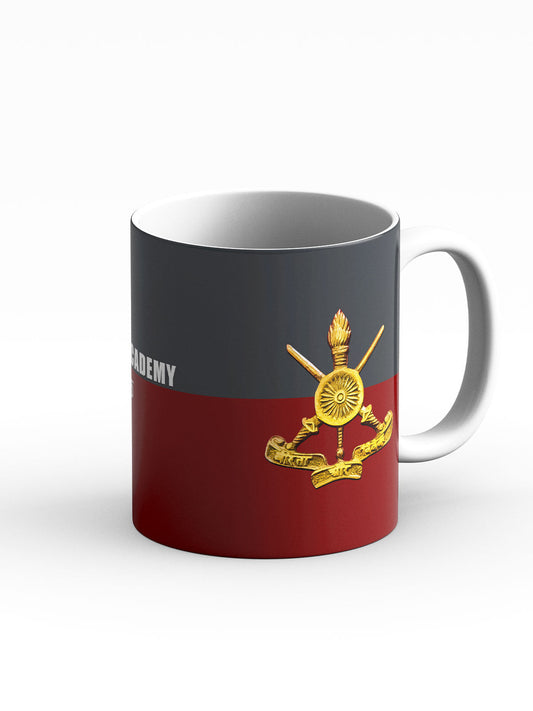
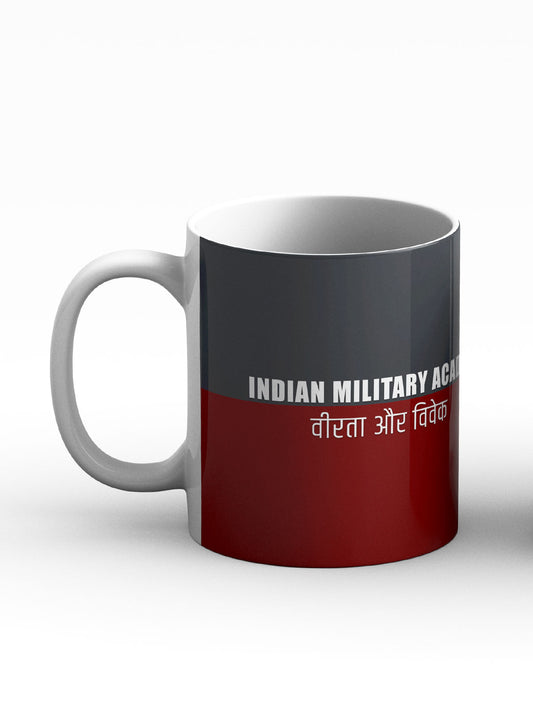
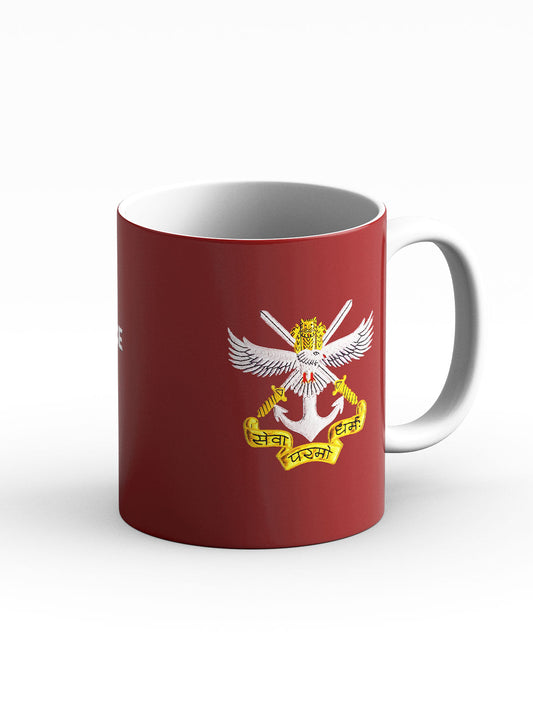
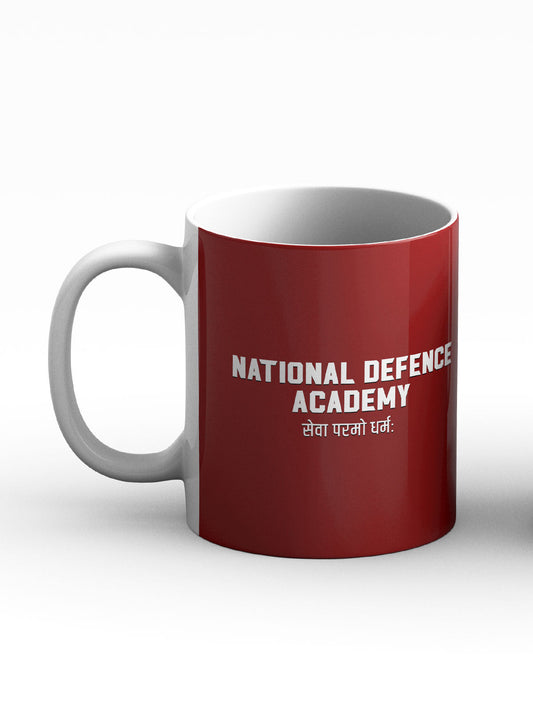
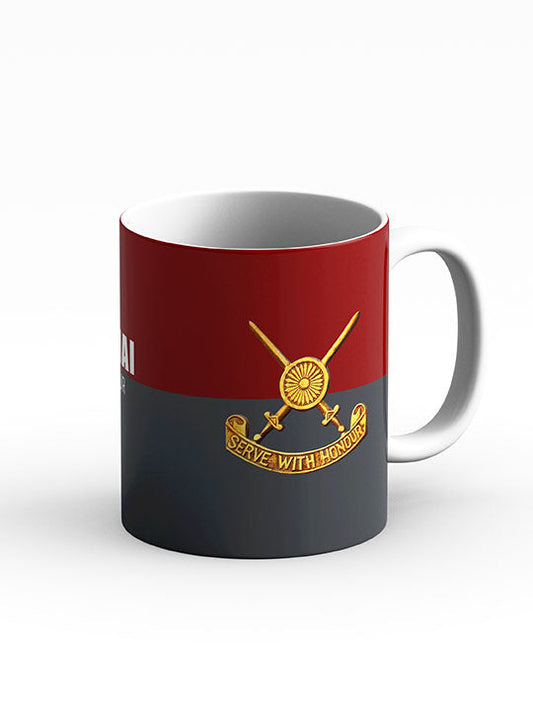
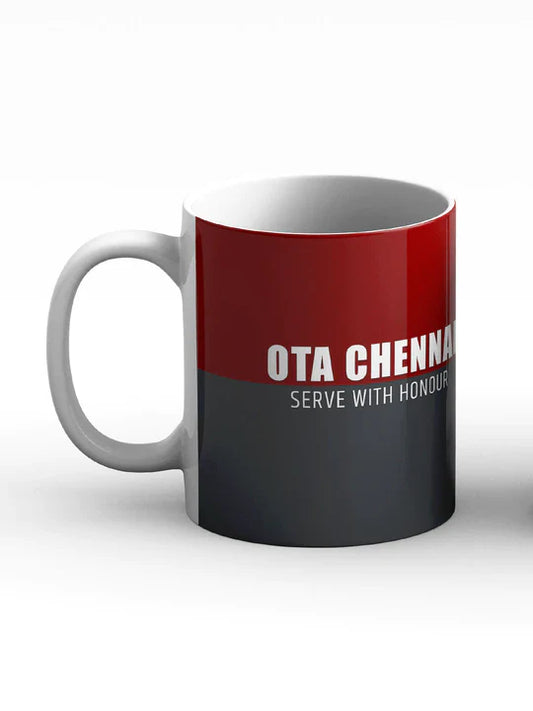
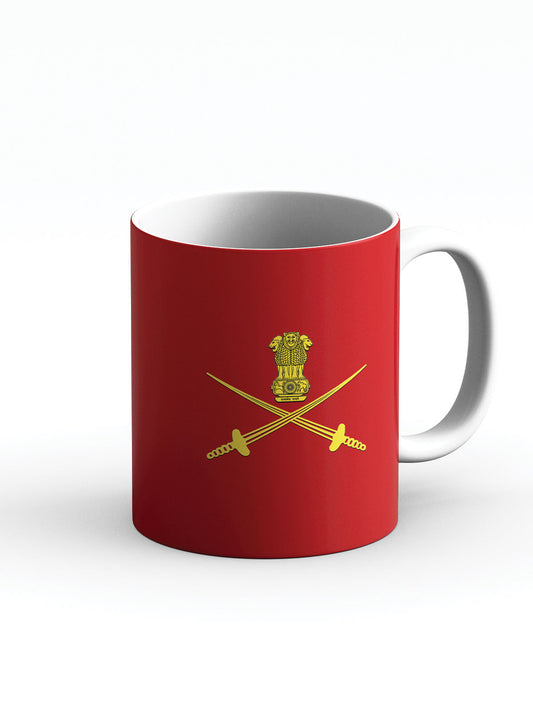
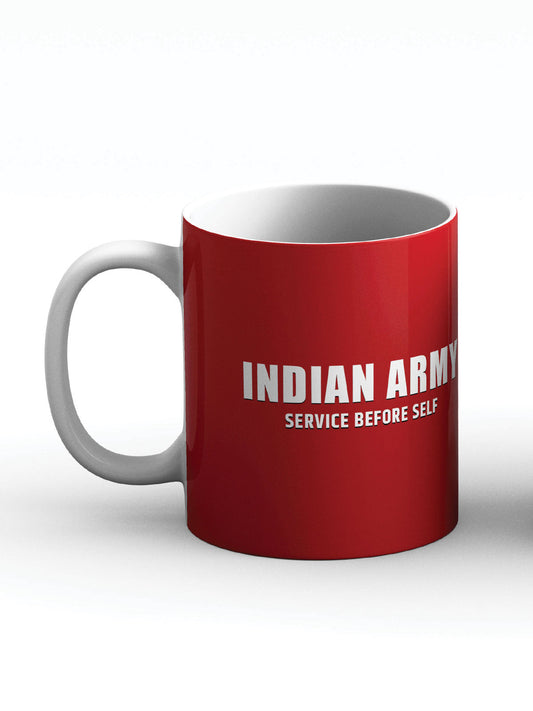
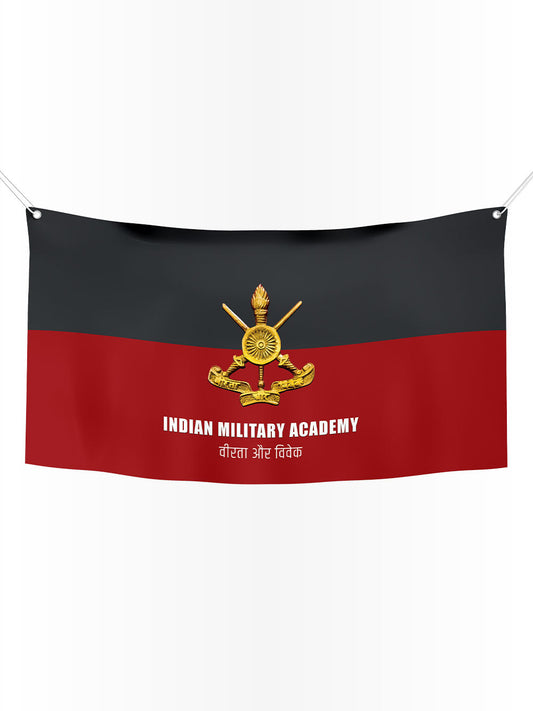
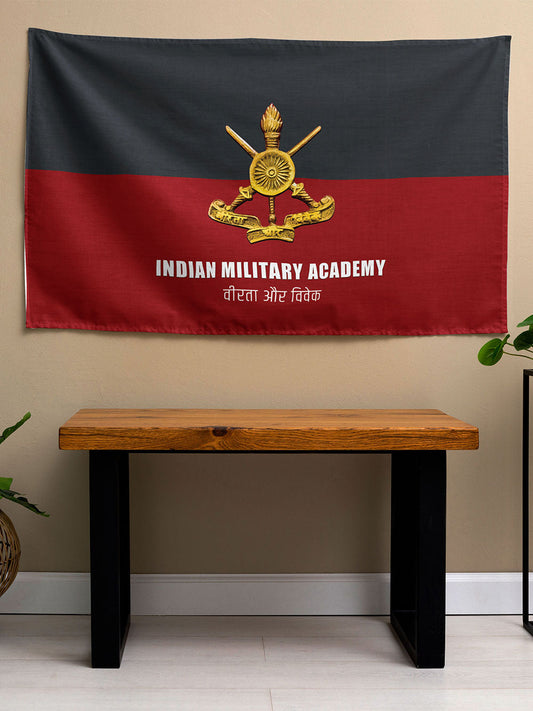
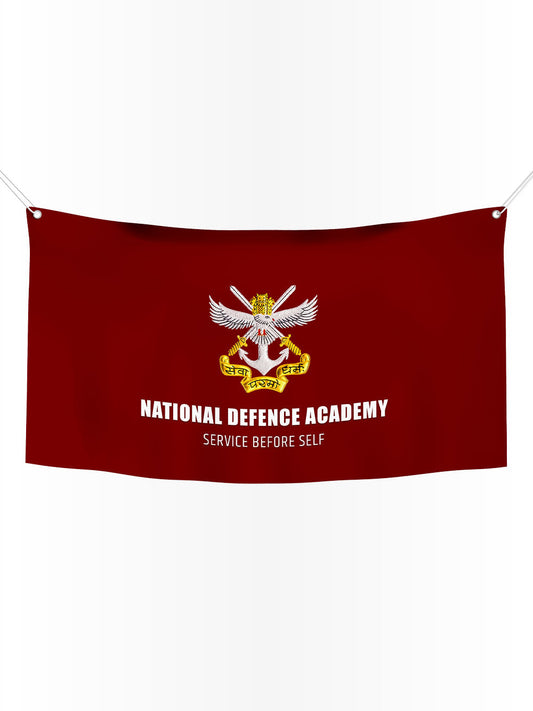

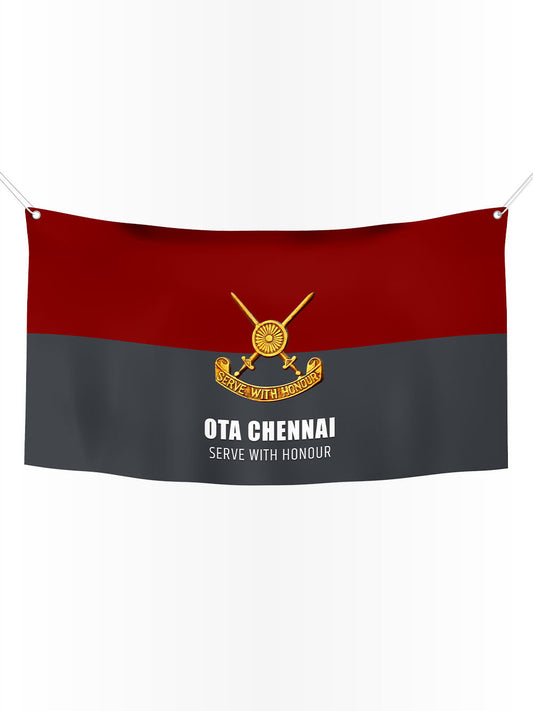
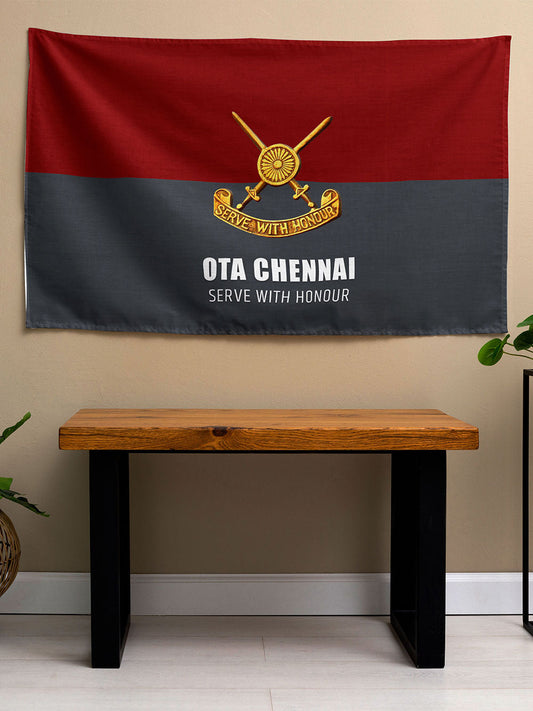
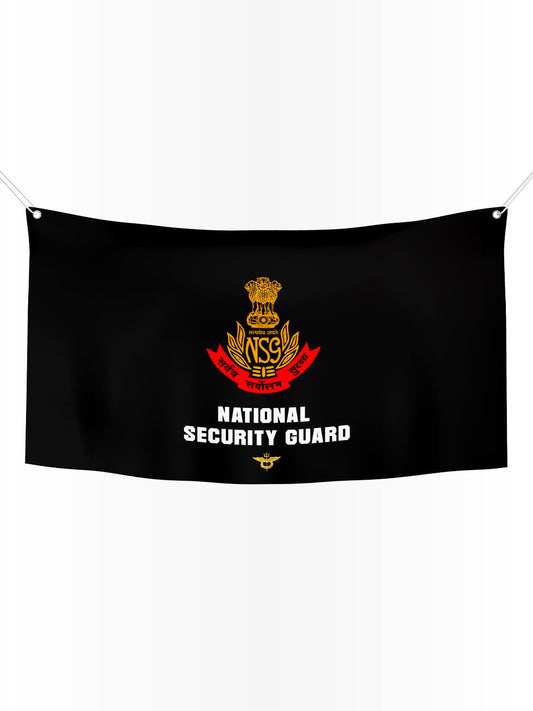
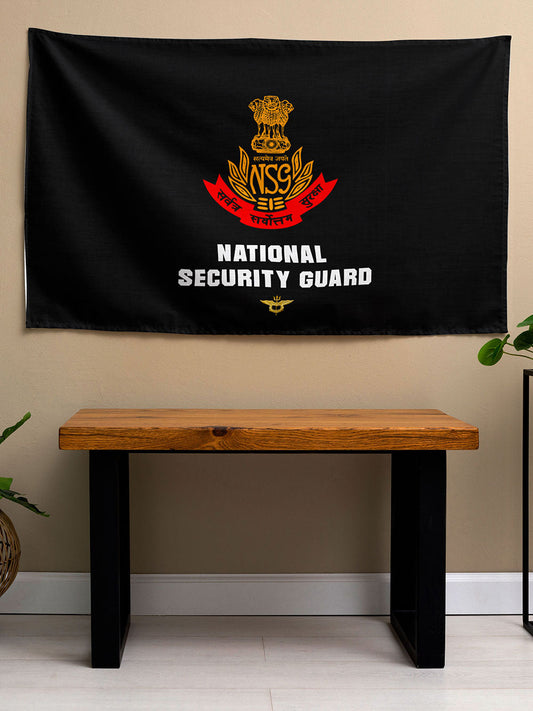

39 comments
Each have their unique role.
Good Information
It all depends on the individual officer irrespective of Army or IAS, how he/she undertake, perform and execute the responsibilities and duties respectively. However, generally in term of respect an army officers excel and an IAS officers outclass an Mary officer in respect to all form of corruptions..
Army officers can reach upto High ranks. Commands the whole nation military setup by becoming CDS. To become Officer in Defence Setup you need a zeal at early age. If a person misses becoming Defence officer. He can become IAS but if a person misses IAS he is left with compromising at lower positions. Defence officer after completing short service commission can also go for Completitive exam. It’s my opinion.
Corruption = more suitable for ias officers as compare to others, resting time = ias officers get more, fraud or deception or fake and cheep publicity show = more seeing in ias officers… Officers normal people and every things are equally same and valuable in our great INDIA
… Prabin lal k c…